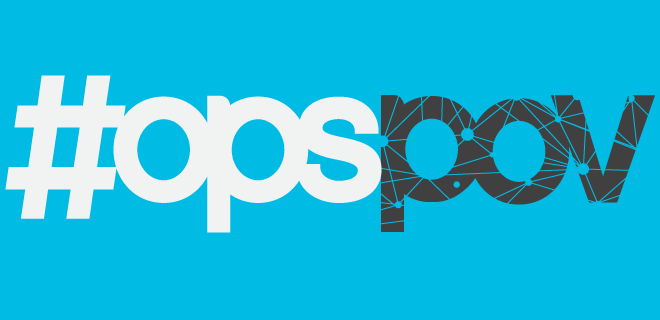
It seems as though everyone in digital media is talking about blockchain right now, even people who aren’t about to utilize it anytime soon, and people who don’t fully understand it. It’s not as though the lack of knowledge or practice should deter people from discussing it. In media, the story about blockchain right now is the story of blockchain’s potential.
Among me and my AdMonsters colleagues Rob Beeler and Gavin Dunaway, we’ve all written about what blockchain could do for the digital ad supply chain. We need to clarify this every time we talk about blockchain, because the industry is still wrapping its collective heads around this, but blockchain is not cryptocurrency. It’s a shared (or shareable) ledger where transactions are logged, and there are many blockchains out there. Regardless of who builds a blockchain, it’s not supposed to be owned by anyone, so it can be a neutral point of record. For advertising, the idea is that if you can use blockchain technology to log all transactions along the chain, you can push out ad fraud, activity from bad actors who now make their money misrepresenting themselves.
Is that right? Honest question. Most of us are learning as we go here.
“Transparency” is the word of the day in digital, as it’s been every day for the last several years. But with initiatives like ads.txt and ads.cert, and with companies starting to put blockchain technology to use for real, the industry is actually taking strides toward broad transparency. But not everyone is on board. Sure, everyone talks about how it helps every legitimate player in digital media when we can see who gets paid and who gets the inventory, each step of the way between the brand and the publisher. But if we get to see how much money is changing hands… not everyone is keen on that. Do we really need to know the dollar amounts? Again, honest question.
On the surface, this kind of fee disclosure could be troublesome to the intermediaries in the industry. Advertisers have insisted on seeing how much of their spending actually makes it to publishers’ wallets. That’s understandable—hard for any legitimate player to argue. But there’s some concern that if we’re able to see the SSPs’ and DSPs’ fees in the blockchain, that fee could become the deciding factor for buyers as to where they route their spending. As one SSP executive told me recently, there are good reasons why one ad platform might charge more fees—the best tech costs money to develop. Business deals are complicated (for example: If you’re looking at a volume-based discount, does the blockchain help you understand that?). One ad platform might work with multiple partners, all of whom need to be paid, to help meet their standards for products and services.
That exec added that premium publishers could be hurt if buyers started making decisions driven by intermediaries’ fees—they could see buyers circumventing the SSPs they (the publishers) would prefer to work with. We already see that dynamic playing out, frequently without publishers knowing it’s happening, with supply-path optimization. But it might be premature to play up the potential monetary risk to pubs. Intermediaries’ take fees have gone under the microscope lens already, remember. Of course some are going to oppose added scrutiny where their own business is at risk—never mind the business of their pub partners, yet.
But as I said earlier: There isn’t simply one blockchain. Blockchain tech can be adapted in a lot of different ways. Gavin Dunaway went to a blockchain conference in February and reported some companies are rolling out blockchain to work with established partners—not unlike how in the ‘90s, companies rolled out intranets before they fully launched on the internet. Unilever and IBM unveiled a blockchain for media last month, too, and they’re rolling it out in phases. As Babs Rangaiah, IBM iX’s Executive Partner of Global Marketing, told AdMonsters in conversation recently—the current step is reconciliation, seeing where your discrepancies are. Having the IO part of the blockchain will be a step for later on, as will having the payment part of the blockchain.
Also, blockchains can be public or private. A public blockchain offers the basic infrastructure that anyone can plug into if they agree to a central contract. Private blockchains could require adherence to other terms. For whatever it’s worth, getting on board with blockchain doesn’t necessarily mean you’re revealing your actions to the whole world.
Whatever happens, if we have real concerns about what’s visible in blockchain for the ad supply chain, we have some time to work on it. The industry at large isn’t about to jump on board with a process that isn’t well understood at large. (One publisher quipped to me that by the time we figure out how blockchain can work for advertising, a lot of the SSPs who might be at risk will be out of business anyway.)
Look, we all say we want transparency. How will your business, or any of your partners’ businesses, deal with the effects of having it?